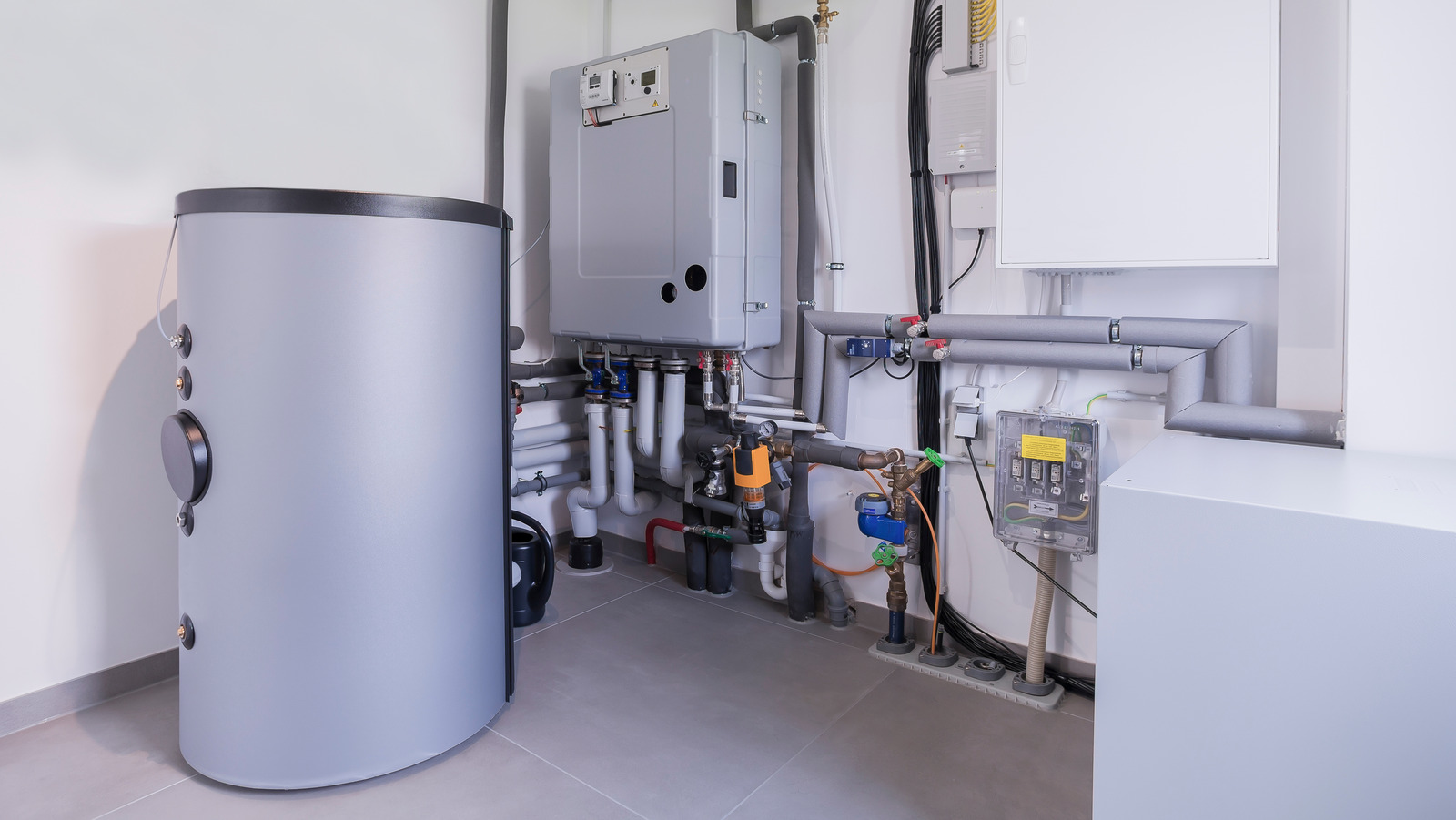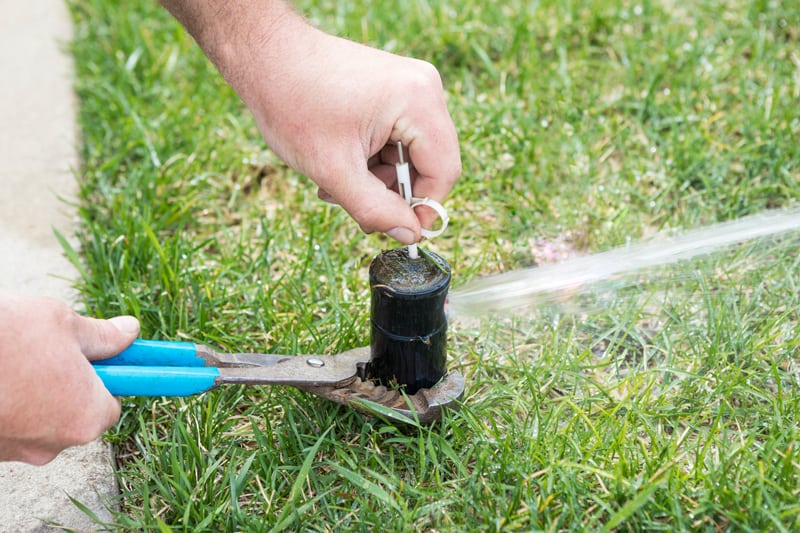
Introduction: Mastering the Art of Efficient Lawn Watering
Achieving a lush and vibrant lawn is a goal for many homeowners, and proper watering is a key factor in making that vision a reality. In this comprehensive guide, we’ll delve into the strategies and techniques for watering your lawn efficiently, ensuring optimal growth, health, and water conservation.
Understanding Your Lawn’s Water Needs
Before implementing any watering routine, it’s essential to understand the water requirements of your specific lawn. Factors such as grass type, soil composition, and local climate influence how much water your lawn needs. Conduct a thorough assessment to tailor your watering strategy to the unique characteristics of your outdoor space.
1. The Importance of Proper Timing
Timing is crucial when it comes to lawn watering. The best time to water is early in the morning or late in the evening when temperatures are cooler. This minimizes water loss due to evaporation and allows the grass to absorb moisture efficiently. Avoid watering during the hottest part of the day, as this can lead to water waste and potential stress on the grass.
2. Implementing Deep and Infrequent Watering
Deep and infrequent watering is a fundamental principle for promoting healthy grass roots. Rather than frequent shallow watering, which encourages shallow root systems, aim for deep watering sessions. This encourages the roots to grow deeper into the soil, making the grass more resilient to drought conditions and promoting overall lawn health.
3. Choosing the Right Irrigation System
Selecting the appropriate irrigation system for your lawn is pivotal for efficient watering. Options include sprinkler systems, drip irrigation, soaker hoses, and manual watering. Each has its advantages and is suitable for different lawn sizes and layouts. Assess your lawn’s needs and choose a system that delivers water evenly across the entire area.
4. Calibrating Sprinklers for Even Coverage
If you opt for sprinklers, it’s crucial to calibrate them to ensure even coverage. Perform a simple test by placing containers throughout the lawn and running the sprinklers for a set amount of time. Measure the water collected in each container to identify any uneven distribution. Adjust the sprinkler heads as needed to achieve consistent coverage.
5. Monitoring Soil Moisture Levels
Regularly monitoring soil moisture levels is essential for preventing both overwatering and underwatering. Invest in a soil moisture meter or simply use a screwdriver to assess soil moisture. Water only when the topsoil feels dry to the touch. This proactive approach helps you avoid unnecessary watering and ensures your lawn receives the right amount of moisture.
6. Factoring in Rainfall and Seasonal Changes
Be mindful of natural factors like rainfall and seasonal changes when establishing a watering routine. Adjust your schedule based on weather conditions to avoid overwatering during rainy periods. Additionally, adapt your watering frequency during hot summer months or cooler seasons, aligning it with your lawn’s specific needs throughout the year.
7. Mulching for Water Conservation
Mulching is a valuable practice for water conservation in lawns. Applying a layer of organic mulch, such as wood chips or straw, helps retain soil moisture, reduces evaporation, and prevents weed growth. Mulching also contributes to soil health by gradually decomposing and enriching the underlying soil with nutrients.
8. Watering New Grass and Seedlings
Newly planted grass and seedlings require special attention during watering. Keep the soil consistently moist to support their establishment. Water gently to avoid displacing seeds or young plants. Gradually adjust the watering schedule as the grass matures, transitioning to deeper and less frequent sessions for long-term health.
9. Adapting to Local Watering Restrictions
In areas with water restrictions, it’s essential to adapt your lawn watering practices to comply with local regulations. Familiarize yourself with the watering schedule permitted in your community and adjust your routine accordingly. This not only ensures legal compliance but also promotes responsible water use.
10. Consistency and Adjustment in Your Watering Routine
Consistency is key to successful lawn watering, but flexibility is equally important. Regularly assess your lawn’s condition and be ready to adjust your watering routine based on changing circumstances. A dynamic approach allows you to meet your lawn’s specific needs and adapt to external factors for optimal results.
Conclusion: A Lush Lawn Through Efficient Watering Practices
Mastering the art of efficient lawn watering is a journey toward a lush, green landscape that enhances the beauty of your home. By understanding your lawn’s water needs, implementing proper timing, choosing the right irrigation system, and embracing other essential practices, you contribute to water conservation and promote the health of your outdoor space. For more tips on sustainable lawn care, visit mimimises.org. Transform your lawn into a thriving haven through mindful and efficient watering practices.


















